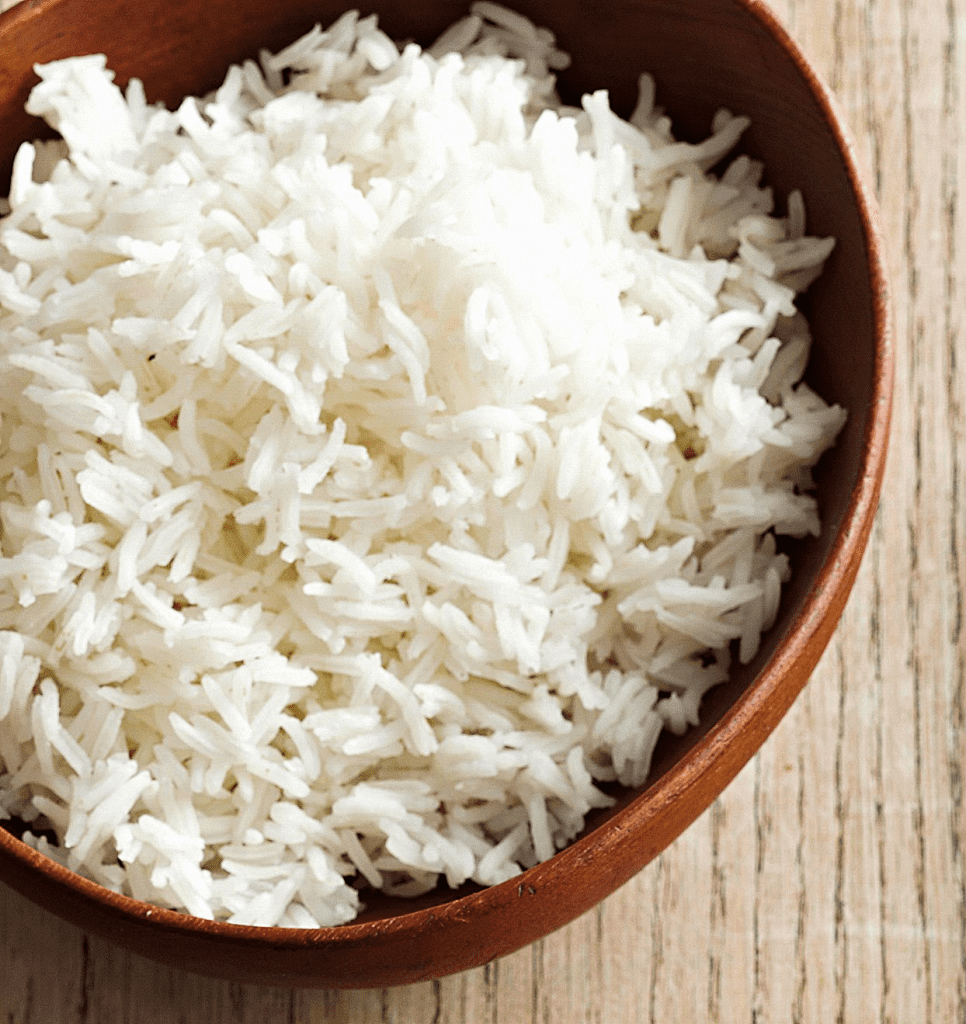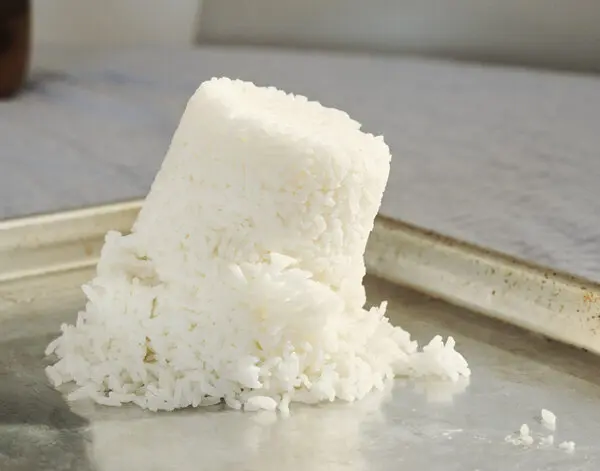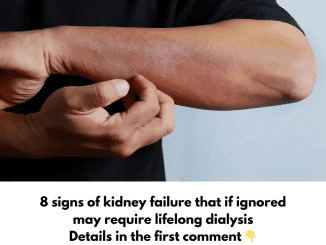In many workplaces, food-related habits spark fascinating discussions, and one that often gets people talking is whether it’s safe to eat leftover rice cold straight from the fridge. While some people prefer to reheat their rice, others opt to eat it cold. But is this really a safe practice, or does it pose a hidden health risk? Let’s dive into the science, expert advice, and common misconceptions to figure out whether your coworker’s habit is harmless or dangerous.
Understanding the Risks of Eating Leftover Rice

Leftover rice, like other cooked foods, can harbor harmful bacteria if not stored properly. One of the main culprits in the rice safety debate is Bacillus cereus, a type of bacteria that can cause food poisoning. While this bacterium is naturally found in rice and can survive the cooking process, it can multiply rapidly if the rice is not stored correctly. So, is eating leftover rice cold from the fridge really safe? Let’s explore the science behind it.
The Science Behind Rice and Bacterial Growth
Rice is a staple food in many diets across the world. Unfortunately, it also provides an ideal environment for bacteria to grow, mainly due to its moisture content and high starch levels. Bacillus cereus spores are capable of surviving the cooking process, and if rice is left at room temperature for too long, these spores can germinate, producing toxins. What makes this particularly concerning is that reheating rice doesn’t eliminate the toxins, which is why proper storage is crucial in preventing foodborne illnesses.
Common Misconceptions About Cold Rice Consumption
A lot of people assume that reheating rice can kill any bacteria, making it safe to eat. However, this is a misconception. The heat from reheating might kill the bacteria, but it doesn’t destroy the toxins produced by Bacillus cereus, which can still cause food poisoning. On the other hand, some people believe cold rice is inherently unsafe. But this isn’t entirely true! If the rice has been stored properly and consumed within a safe time frame, eating it cold can be just as safe as reheating it.
Expert Opinions on the Safety of Eating Cold Rice
So, who’s right? Is eating cold rice really unsafe, or can it be just fine? According to food safety experts, the key is not necessarily the temperature at which the rice is consumed, but how it’s stored and handled. The USDA (United States Department of Agriculture) advises that cooked rice should be cooled down quickly and stored in the refrigerator within two hours of cooking. Following this guideline can significantly minimize the risk of bacteria growth, making cold rice perfectly safe to eat.
Proper Storage Practices for Leftover Rice
If you’re concerned about the safety of your leftover rice, don’t fret – proper storage is the key. The first step is to cool your rice down as quickly as possible after cooking. You can do this by spreading the rice out in a thin layer on a tray or using a fan to speed up the process. Once it’s cooled, transfer it into an airtight container and place it in the fridge. Ideally, you should eat your leftover rice within one to three days. The longer it sits, the higher the chance of bacteria growth, especially if left out at room temperature.
Comparing Health Risks: Cold Rice vs. Reheated Rice

Both cold and reheated rice can carry health risks if not stored correctly, but the temperature of the rice when consumed isn’t the issue. The risk lies in how the rice is stored. Cold rice, when kept at the right temperature, doesn’t pose more risk than reheated rice. However, reheating rice improperly (for example, uneven heating or only reheating part of the portion) can sometimes lead to bacteria surviving and spreading, which could be harmful. So, if you do choose to reheat your rice, make sure it’s heated thoroughly and evenly.
Personal Preferences and Cultural Practices
It’s worth noting that in many cultures, cold rice is not only safe to eat, but it’s also a common practice! From sushi to rice salads, cold rice is an integral part of many cuisines around the world. Additionally, some people simply prefer the texture and taste of rice when it’s cold. As long as food safety guidelines are followed, there’s no reason why cold rice can’t be part of your daily meals.
Conclusion: Balancing Safety and Convenience
In the end, whether to eat rice cold or reheated is a personal choice, but food safety should always come first. Both cold and reheated rice can be safe to eat as long as the rice has been stored properly. By following the USDA guidelines for cooling and storing rice, you can minimize any health risks and enjoy your leftover rice with peace of mind. So, next time your coworker grabs that cold bowl from the fridge, you can rest assured knowing that, with the right precautions, it’s just as safe as reheating it.


